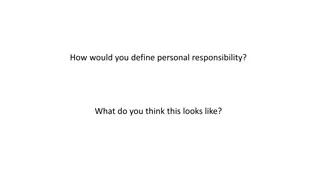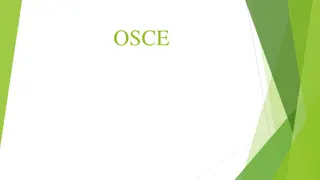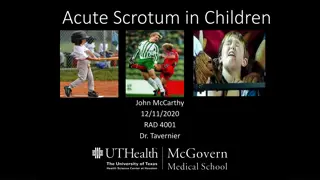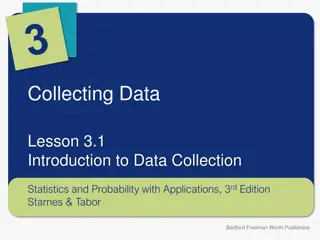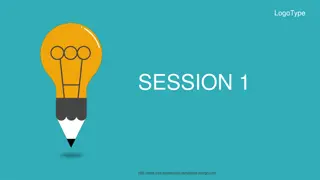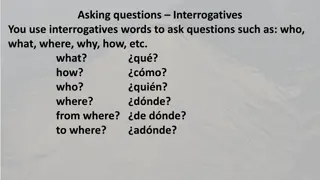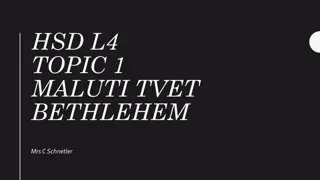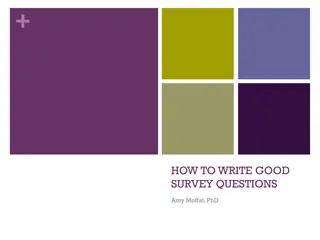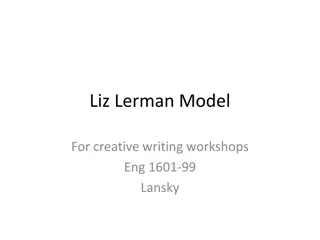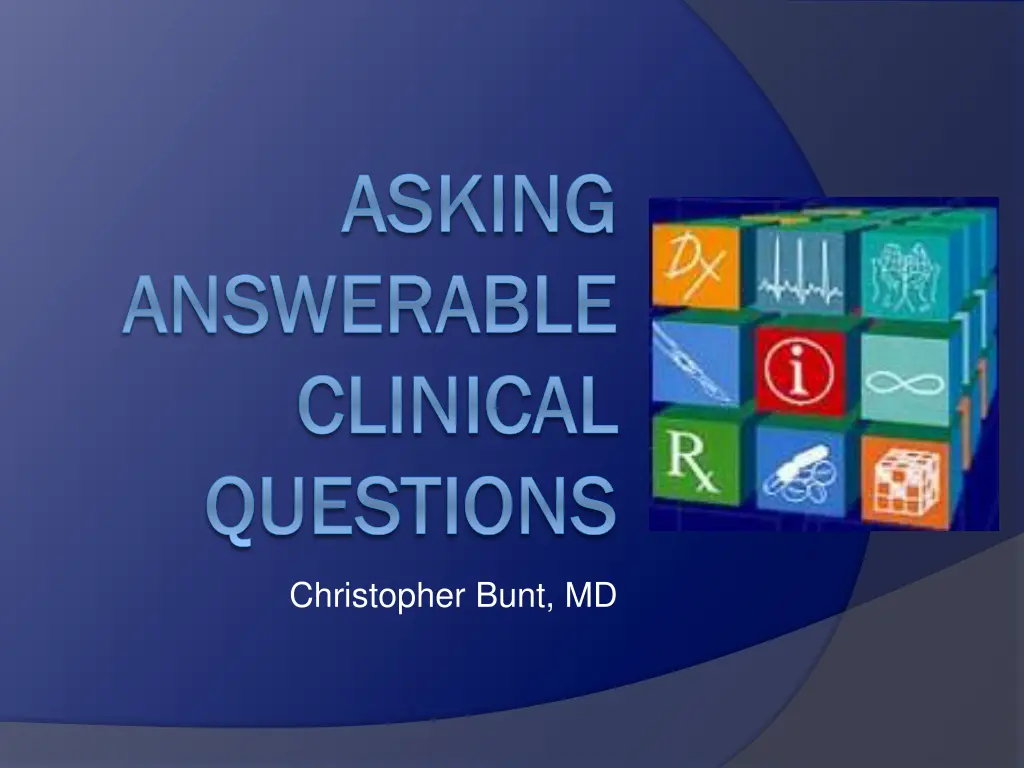
Understanding Clinical Questions and Refining Search in Evidence-Based Practice
Learn about the importance of asking answerable clinical questions, refining your search, and distinguishing between background and foreground questions in evidence-based practice to inform clinical decisions effectively.
Download Presentation

Please find below an Image/Link to download the presentation.
The content on the website is provided AS IS for your information and personal use only. It may not be sold, licensed, or shared on other websites without obtaining consent from the author. If you encounter any issues during the download, it is possible that the publisher has removed the file from their server.
You are allowed to download the files provided on this website for personal or commercial use, subject to the condition that they are used lawfully. All files are the property of their respective owners.
The content on the website is provided AS IS for your information and personal use only. It may not be sold, licensed, or shared on other websites without obtaining consent from the author.
E N D
Presentation Transcript
ASKING ASKING ANSWERABLE ANSWERABLE CLINICAL CLINICAL QUESTIONS QUESTIONS Christopher Bunt, MD
Why is this important? To focus your search for evidence
Are antibiotics useful in the treatment of acute bronchitis? vs. Does antibiotic treatment in adults with acute bronchitis lead to earlier symptomatic improvement than those given inhaled albuterol?
How can you refine your question?
Type of Question: Background Foreground
Background Questions Ask for general knowledge about disease, drug, intervention or concept Uses the Reporter Questions : Who? What? Where? When? Why? How?
Background Questions Easy to formulate Straightforward to answer Need for basic information rather than to make a clinical decision
Background questions Important Components: Question root (e.g.- How does , When does , Why is ) Disorder, test, treatment Where to look for answers: Textbooks PDA s and Smartphones Up-to-Date or a similar reference
Examples How does heart failure cause lower extremity edema? What virus is the most common cause of URI symptoms? What is the sensitivity of urine GC testing?
Foreground Questions Ask for specific knowledge to inform clinical decisions or actions Often compares two interventions or an intervention to control
Foreground Questions Harder to formulate Often harder to answer (an answer may not even exist) Uses PICO model
Examples Do statins, as primary prevention, improve mortality/morbidity in DM pts w/ LDL already <100 compared to no rx? Among family-members of patients undergoing diagnostic procedures does standard care, listening to tranquil music, or audiotaped comedy routines make a difference in the reduction of reported anxiety?
Back to our original question Does antibiotic treatment in adults with acute bronchitis lead to earlier symptomatic improvement than those given inhaled albuterol?
PICO Model PICO Model Patient or Problem Description of the pt or the target disorder of interest Intervention(s) or variables Could include: an exposure to a harmful agent, a diagnostic test, a prognostic factor, a therapy, a patient perception etc. Comparison Intervention What is the alternative to your intervention? No intervention is an OK comparison Outcome Clinical outcome you are addressing This should be a patient-oriented outcome (POEM)
In our example Does antibiotic treatment in adults with acute bronchitis lead to earlier symptomatic improvement than those given inhaled albuterol? P: Adults with acute Bronchitis I: Antibiotics C: Inhaled albuterol O: Time to clinical improvement
A Comment re: Philosophy Foreground questions are not BETTER than background questions Both are important Can often overlap Example: What is the sensitivity of urine Chlamydia testing? In females of reproductive age, does cervical Chlamydia testing do a better job of reducing the incidence of PID compared to urine Chlamydia testing?
The Bottom Line With practice, using the PICO method to formulate a question takes about 10 sec Whether you are going to ask a colleague or search for an answer A well formulated question will save you time in the long run
A Case 34 y/o WF seen for routine annual well woman exam Pt has been taking a monophasic OCP continuously to suppress her menstrual cycle for the last 5 months Was told it is ok by a gynecologist in the past Asks whether she could continue this indefinitely
PICO PICO - - form the question form the question Is it safe to take continuous OCPs for menstrual suppression? P: I: Premenopausal women using combined OCPs Continuous cycling Traditional OCP cycling or placebo Long term safety (endometrial or ovarian ca, breast ca, cardiovascular, bone, fertility, etc.) C: O: In premenopausal women using combined OCPs does continuous cycling increase the risk of long-term complications compared to traditional OCP cycling?
In general, a good research question will contain The population you re looking at (P) The variables being considered (including the outcomes) (I, O) The relationship between the variables (C)
QUESTIONS? QUESTIONS? References: Andrew D. Oxman, David L. Sackett, Gordon H. Guyatt and the Evidence Based Medicine Working Group Users' Guides to Evidence-based Medicine. JAMA. 1993;270(17):2093-2095. - http://www.cche.net/usersguides/main.asp Straus SE, Richardson WS, Paul Glasziou, Haynes RB. Evidence-based Medicine: How to Practice and Teach EBM, Third Edition. Churchill Livingstone: Edinburgh, 2005. - http://www.cebm.utoronto.ca/practise/ Weinfeld JM, Finkelstein K. How to Answer Your Clinical Questions More Efficiently: Asking focused questions and knowing where to look can lead to quicker answers. Family Practice Management. 2005 Jul-Aug;12(7):37-41. - http://www.aafp.org/fpm/20050700/37howt.html

